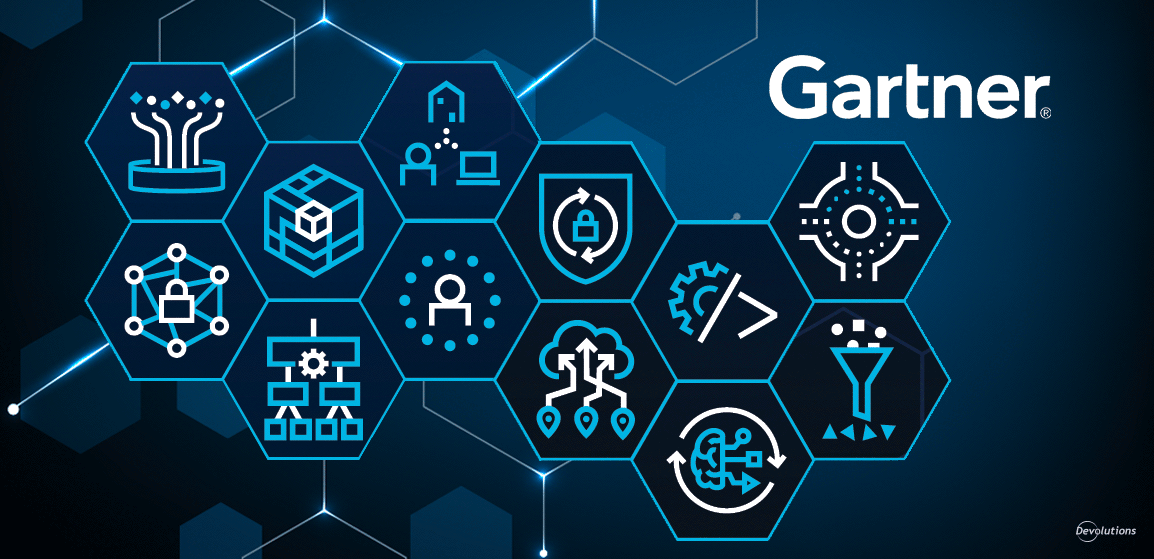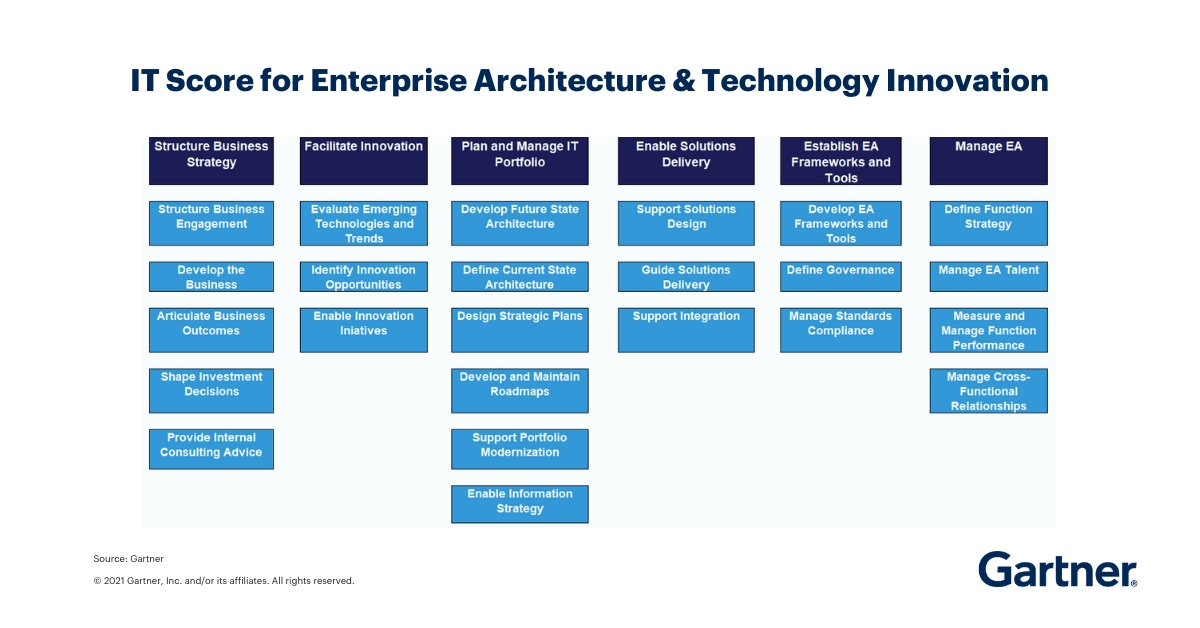Gartner's Enterprise Architecture Framework
Simplifying Gartner’s Enterprise Architecture Framework

Overview of Gartner’s Framework
Gartner’s Enterprise Architecture Framework offers a structured approach for architects to create an effective enterprise architecture. It’s a toolset that includes:
- A step-by-step guide to the enterprise architecture process.
- Methods to ensure that architecture aligns with business objectives.
- Resources for the ongoing management of enterprise architecture.
The framework is dynamic, encouraging regular updates to keep pace with business changes, helping to navigate potential future challenges smoothly.

The Purpose of an EA Framework
The core goal of an EA framework is to provide a clear path for architects, ensuring a robust and purpose-fit architecture. Various frameworks exist, with their unique advantages. Well-known ones include TOGAF, Zachman Framework, and Gartner’s own EAP Framework. The key is to choose a framework that matches the organization’s current systems and will be supported and updated over time.
Four Pillars of Enterprise Architecture
Enterprise Architecture is built around four main parts:
- Analysis: Understanding the present condition of the organization.
- Design: Drafting a blueprint for the future setup of the organization.
- Planning: Creating a roadmap to transition from the present to the future state.
- Implementation: Executing the plan and achieving the intended outcomes.
These components are grounded in principles that align enterprise architecture with business strategies and objectives.
Five Essentials for Effective Enterprise Architecture
An effective Enterprise Architecture function hinges on:
- Governance: Decision-making structures and policies.
- Executive Sponsors: Leaders championing the architecture efforts.
- Scope: The breadth of business areas the architecture covers.
- Business Value: Measuring success through efficiency, cost savings, and revenue growth.
- Talent: A skilled team to execute the architecture strategy.
Gartner’s Four Quadrants
Gartner’s Magic Quadrant evaluates technology providers on two dimensions, resulting in four types of companies:
- Leaders: Top market performers with widespread customer adoption.
- Visionaries: Innovators with fresh ideas but less market penetration.
- Niche Players: Specialists in particular market segments.
- Challengers: Companies facing market difficulties but still competing.
Choosing the Right Enterprise Architecture Framework
The best framework depends on the organization’s unique needs, with options like TOGAF, Zachman, and Gartner being some of the most popular.
The EA process encompasses five phases:
- Document
- Analyze
- Plan
- Act
- Check
Three Goals of Enterprise Architecture
Enterprise Architecture aims to:
- Align business and IT strategies.
- Guide technology investment decisions.
- Establish systematic processes for data organization.
The Six Steps of Enterprise Architecture
Building a solid foundation involves:
- Assessing the current foundation.
- Defining the operating model.
- Designing the enterprise architecture.
- Setting priorities.
- Crafting and executing an IT engagement model.
The “BD model” - focusing on strategy, people, process, and technology - is a framework example for understanding enterprise architecture’s role in enhancing business efficiency.
Three Key Considerations for Enterprise Architecture
A successful enterprise architecture initiative should have:
- Support from top IT and business management.
- A defined and agreed-upon scope.
- Content that is relevant to business needs.
Aiming to map the organizational structure and operations, enterprise architecture also seeks to foster team alignment and standardization.
Gartner’s Reputation
Gartner is renowned for:
- Offering impartial, rigorous insights for faster, smarter decision-making.
- Assisting with actionable, objective decisions for critical needs.
Serving over 15,000 companies globally, Gartner is a trusted source of IT strategy and market research.
Concluding Thoughts
Gartner’s Enterprise Architecture Framework is a detailed methodology that not only considers the current state of an organization but also its strategic objectives. It provides principles and practices for developing enterprise architecture. While there’s no universal solution for the best framework, Gartner’s offers a respected and adaptable option for organizations.